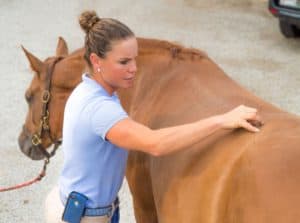
Managing Your Horse’s Back Pain
Two veterinarians share how they diagnose, treat, and rehab back-sore horses.

Two veterinarians share how they diagnose, treat, and rehab back-sore horses.
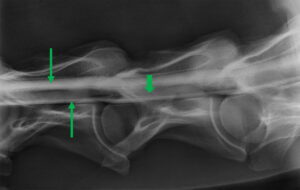
Learn how veterinarians diagnose pathology in these difficult-to-visualize regions of the horse’s body in this article from the Summer 2023 issue of The Horse.
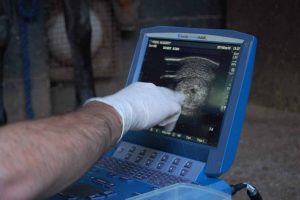
Four diagnostic imaging experts share insight that can help owners and veterinarians with the diagnostic process.
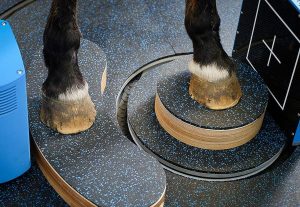
Learn what to expect when your horse undergoes advanced imaging exams using MRI, CT, and nuclear scintigraphy.
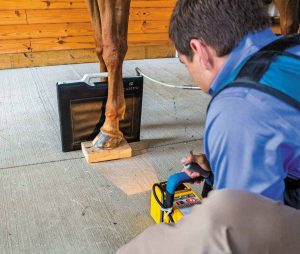
Diagnostic imaging results are clearer than ever, but how they will affect a horse’s performance career isn’t always evident.

Getting to the root of podotrochlosis, one of the most common causes of lameness, is an ongoing process. Learn about risk factors for the disease and how veterinarians diagnose it.

Diagnostic imaging results are clearer than ever, but how they will affect a horse’s performance career isn’t always evident.

Getting to the root of podotrochlosis, one of the most common causes of lameness, is an ongoing process. Learn about risk factors for the disease and how veterinarians diagnose it.
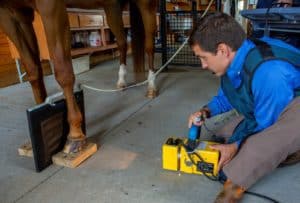
Diagnostic imaging technology has improved tremendously in the past few decades, with several effective options to choose from. Learn about the machines and technologies your veterinarian can use to look inside your horse, including MRI, CT, PET scans, and more.

Recent research suggests that bone scans in horses aren’t always accurate in diagnosing causes of lameness and poor performance in sport horses when used alone.

Scintigraphy gives provides the practitioner with information about some injuries related to bone or soft-tissue connections to bone, but it might not reveal many other sources of foot pain, researchers found.
Lecture topics will include anesthesia, eye emergencies, sports medicine, biosecurity, foaling problems, and more.

Nuclear scintigraphy is especially useful for honing in on the locations of active bone conditions in horses.

A researcher offers tips on how veterinarians can pinpoint the cause in unresolved upper hind limb lameness cases.

Poor performers can be a diagnostic challenge. Here’s what veterinarians will look for when examining these horses.

Are CT, MRI, and X ray clear as mud? Learn about the appropriate uses for these imaging modalities and more.
Stay on top of the most recent Horse Health news with
© 2022 Copyright Statement dolor sit amet, consetetur sadipscing User Terms, sed diam nonumy eirmod tempor invidunt ut labore et dolore magna aliquyam erat, sed diam voluptua. At vero eos et accusam et justo duo dolores et ea rebum. Stet clita kasd gubergren, no sea takimata sanctus est Lorem ipsum dolor sit amet.
"*" indicates required fields